Don’t Nod’s ’90s-themed return to adventure games is more than nostalgia bait.
Where Double Exposure was safe, Lost Records is risky.
That isn’t to say that Lost Records is unrecognizable.
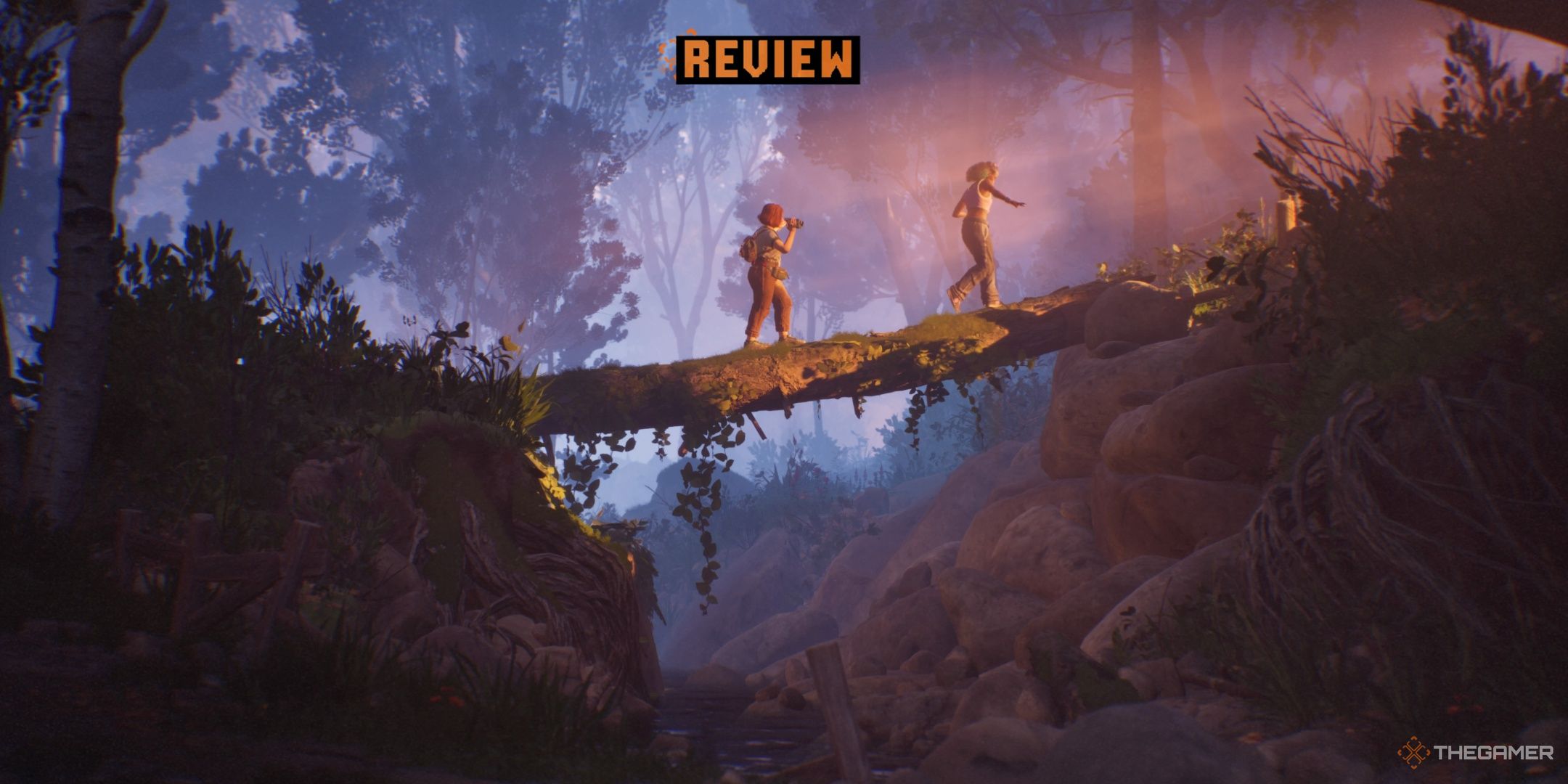
Lost Records has a structure that I haven’t really seen in a game before.
This section switches to third-person, and the game keeps the first-person present/third-person past split throughout.
Getting Some Perspective
That choice is really smart for a number of reasons.
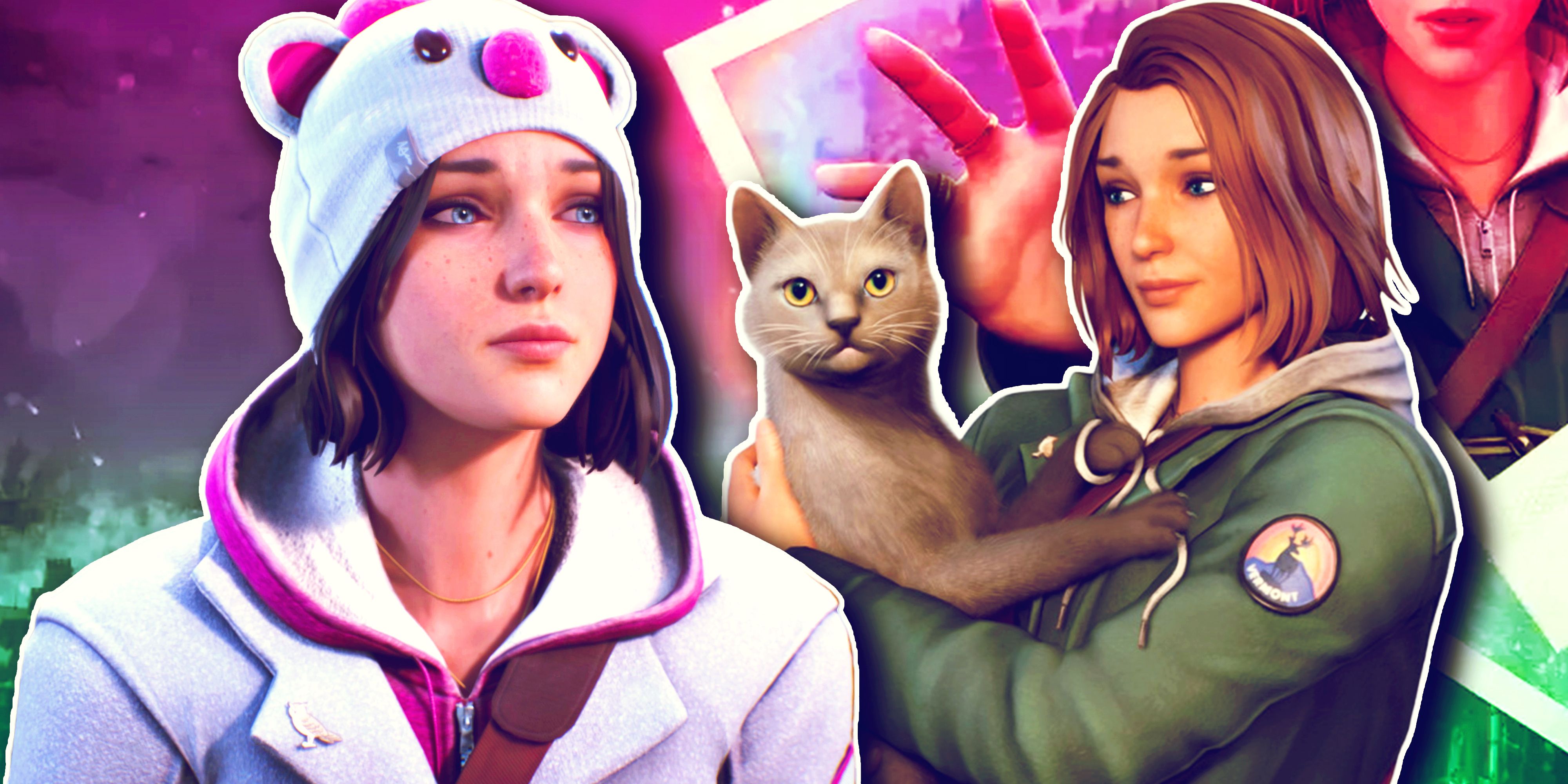
For one, teenage Swann feels insecure and uncomfortable in her body.
When you choose her outfit, it doesnt feel like purely aesthetic customization.
It feels like youre helping her find the confident version of herself.
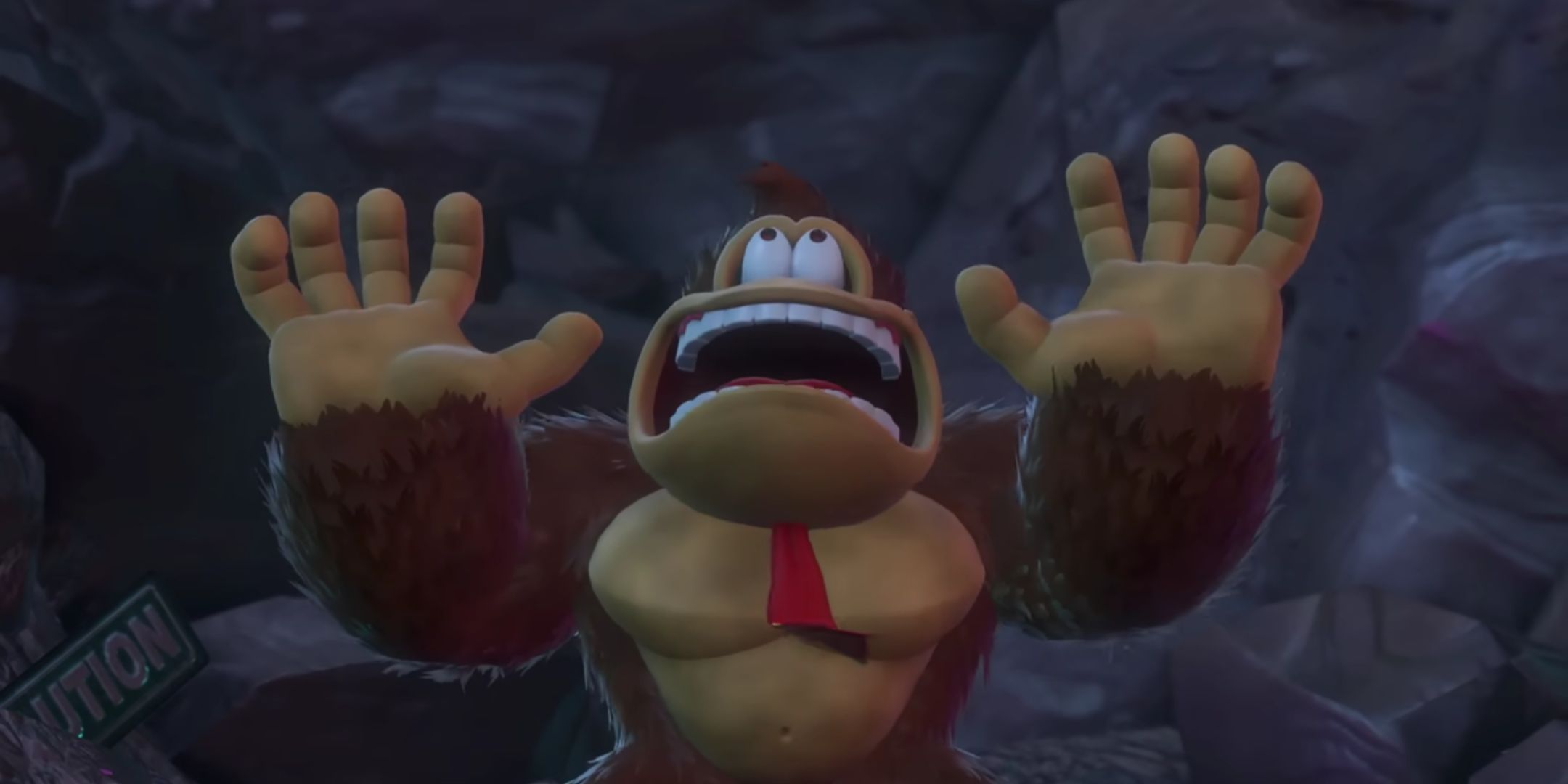
But the perspective gets at something deeper than that, too.
By presenting the present in first-person, Lost Records is connecting us to it more immediately.
We see through Swann’s eyes and experience the world as she does.
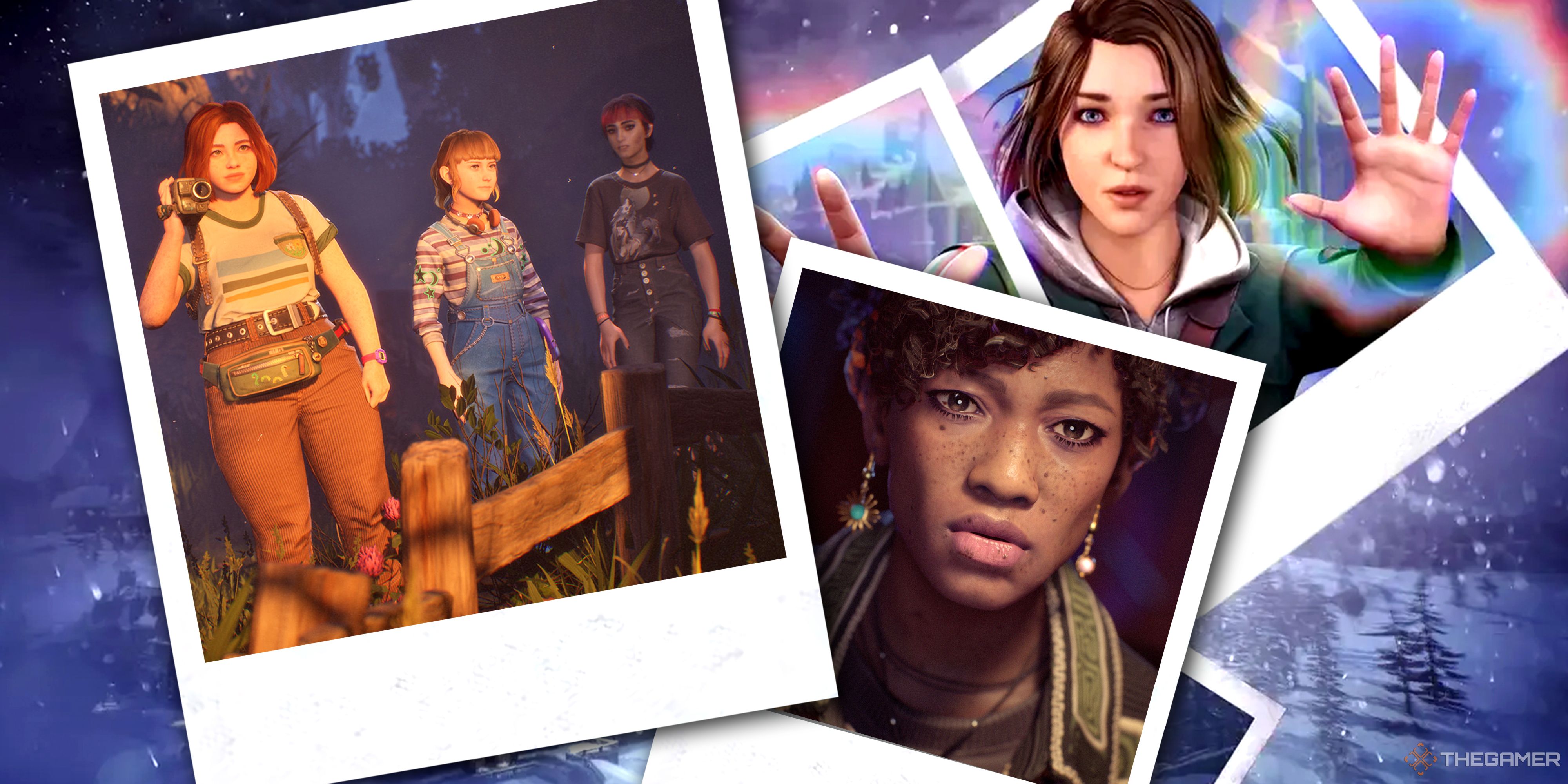
Filming The Past
Lost Records videography mechanics also set it apart from other narrative games.
Except, in this case, you have a hand in writing it.
With Lost Records, the studio that helped invent that paradigm is furiously working to find a new one.
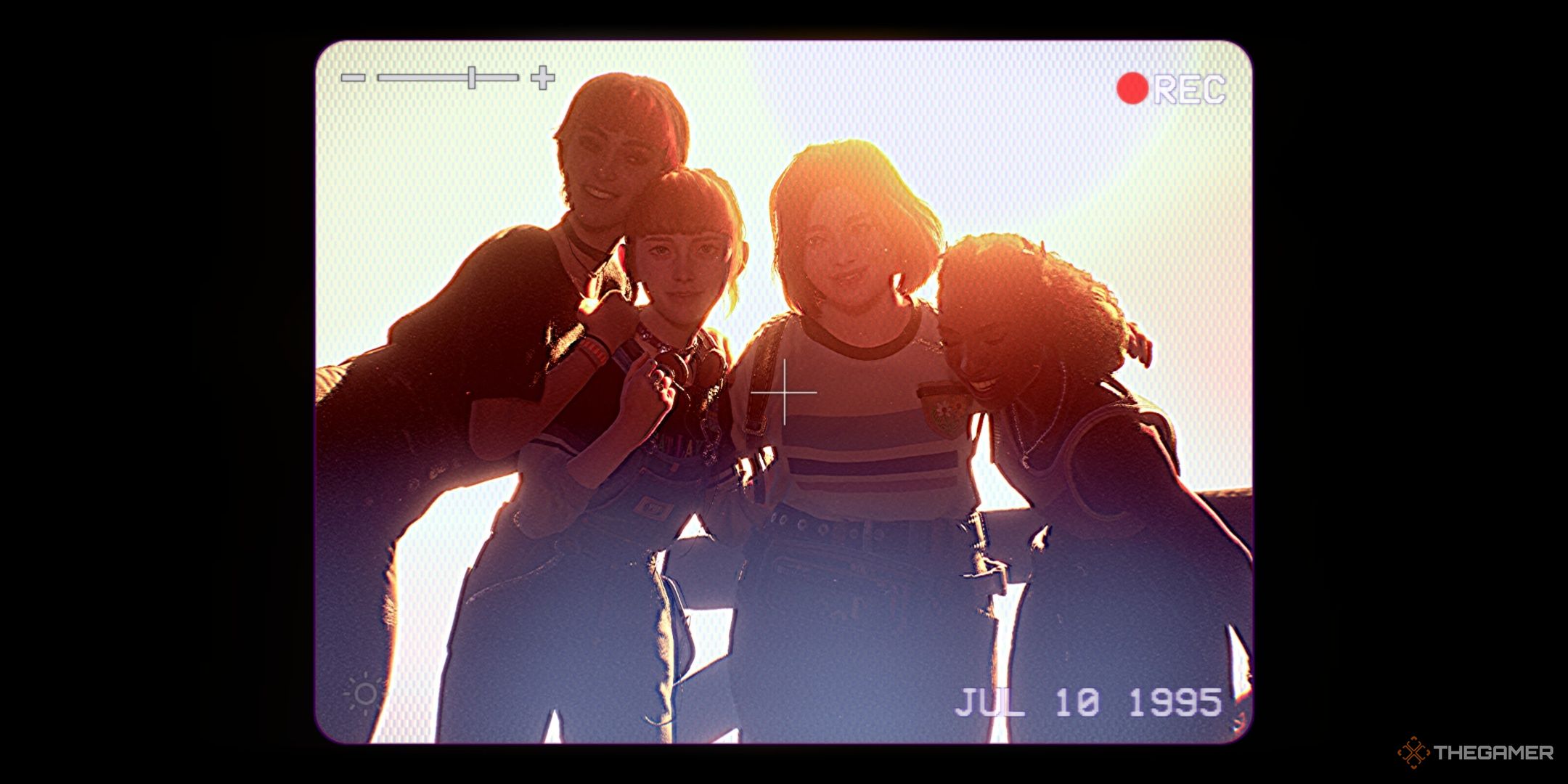
Life is Strange: Double Exposure is only “episodic” as a way to drum up preorders.

